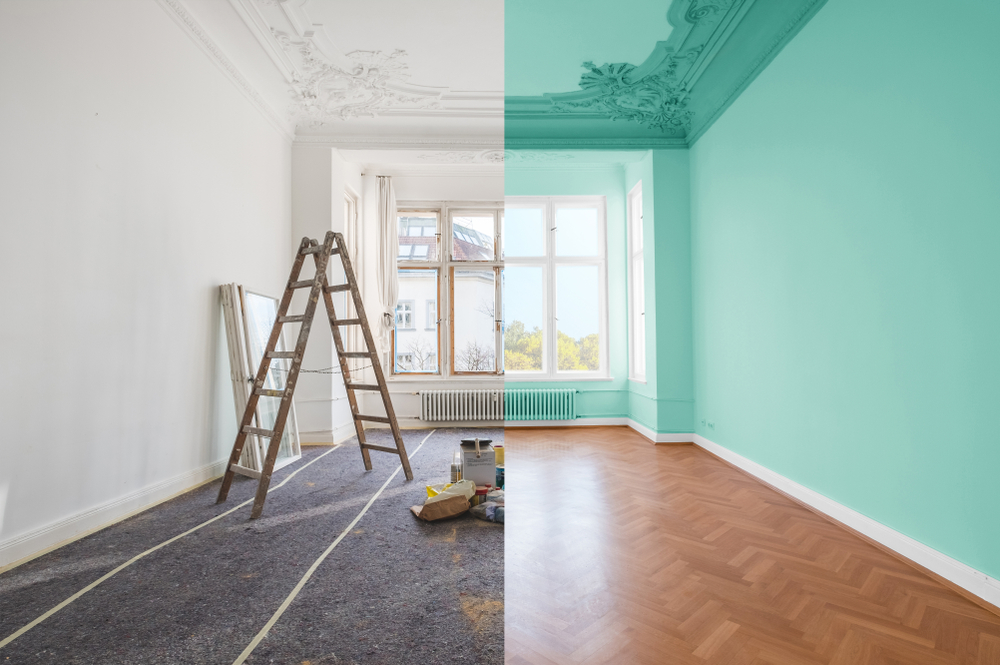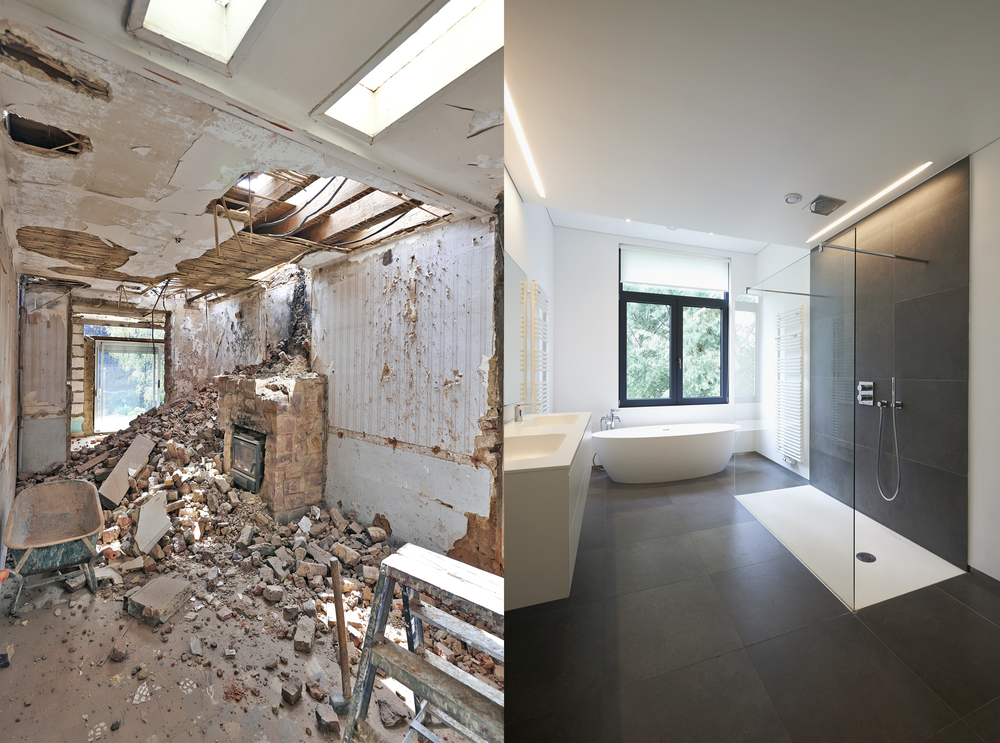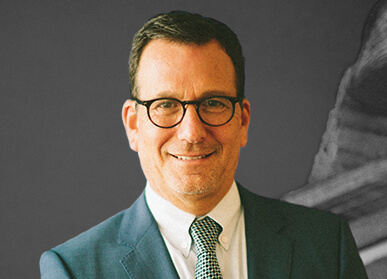Flipping Out: How the Process of Home Flipping Has Resurfaced
Wed Oct 2, 2019 by Oppenheim Law on Florida Real Estate & Real Estate

The popularity of flipping homes, by purchasers and investors, has increased significantly since investors have recognized the profit that can come from buying, fixing up, and then selling a distressed home. The taboo market of flipping houses has recently seen its own makeover and is now becoming a more accepted and reliable source of housing.
 how to flip homes
how to flip homes
Learning from Past Mistakes
House flipping, or buying real estate at a discount and then selling at a higher price, became out of favor due to the adverse effects it had on the housing market during the Great Recession. Almost a decade ago, flippers typically bought distressed properties and did not necessarily add to renovating the property; rather, they relied primarily on home price appreciation to fuel profits. Television shows in the past such as Fixer Upper, Property Brothers, and Flip or Flop have all played a role in glorifying the process of flipping a home, making it look much simpler than it really is by simply editing out the “unattractive” side of flipping. These programs, hosted by Hollywood personalities, inspired people to attempt to flip a home despite their limited knowledge on the subject.
So, What’s Changed?
Flippers in more recent years during the post-recession market are more educated on the subject and can focus more on adding value to properties as opposed to price speculation. More emphasis is on the eventual purchaser’s or renter’s satisfaction, as there are fewer vacancies when the property is restored and renovated. Loans tailored to flippers and short-term real estate investors are more accessible now, and lenders offer an array of varying loans ranging from flip-and-fix loans for first-time flippers to bridge loans for more experienced investors. While approximately one-third of home-flips are held as rentals, most investors are investing in higher quality renovations at the beginning of the flipping process, thereby providing value to the community by raising home values and, in turn, stabilizing the neighborhood. Local business owners such as contractors and electricians who are hired to provide services during a flip, add to the local economy. Extensive renovations also mean fewer future instances where an investor may have to perform substantial maintenance.

Flipping in Florida
The percentage of flipped home sales in the U.S. was 7% in the first half of 2019, the highest percentage in almost a decade. While the whole nation seems to be getting on the bandwagon, Florida is quite notable in the market. Our Sunshine State finds itself among the top states for flipping homes, its cities taking up six spots in the top 50 best places to flip in the country. Cities such as Tampa, Cape Coral, and Pembroke Pines are among the many that have the highest calculated market potential and quality of life with the lowest remodeling and repair costs.
Flip or Flop?
With the memory of the Great Recession of 2007, many are rightfully hesitant to get into the housing market by flipping homes; however, the process is less speculative than it was in the 2000s and may provide more benefits than risks in the post-recession era as sellers and investors learn from their pre-recession mistakes and provide a more sustainable housing environment.
From the Trenches,
Roy Oppenheim
Oppenheim Law | Real Estate Attorneys Broward County
2500 Weston Rd, Suite 404
Fort Lauderdale, FL 33331
954-384-6114
https://www.oppenheimlaw.com/


Leave a Reply